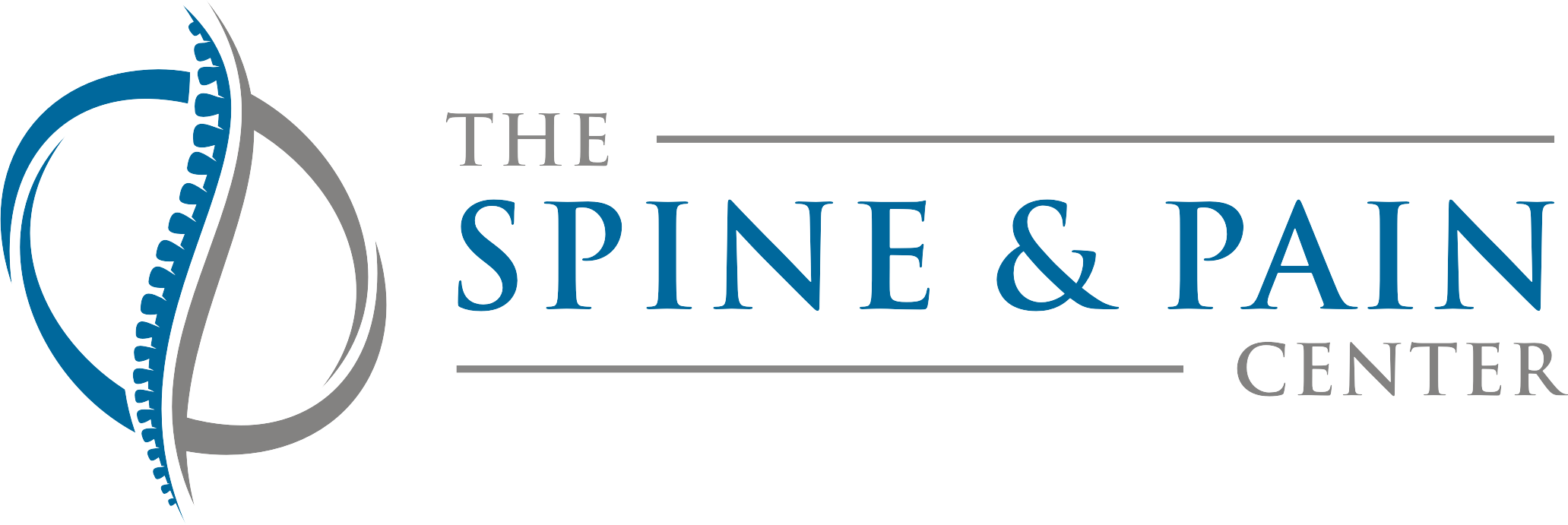Defined
Spinal stenosis typically occurs in the cervical spine (neck) or the lumbar spine (lower back). Spinal nerves run through pathways that emerge through small openings in the spine called foramen. When these spaces become compressed due to the narrowing of the spine, the nerves can become pinched, resulting in a condition known as spinal stenosis.
Causes
As the spine narrows and pinches surrounding nerves, spinal stenosis typically occurs. Degenerative conditions like osteoarthritis can cause the narrowing of the spine when the spinal bone grows in excess. Sometimes, the condition occurs after an injury. Compression is sometimes caused by fractures, dislocations, or herniated discs that are pressing into the nerves. Although rare, spinal stenosis may even be caused by a spinal tumor. Spinal stenosis isn’t always caused by an injury, osteoarthritis, or even a tumor. Some people are born with narrow spines that do not adequately allow the nerves to pass through the foramen.
Symptoms
Spinal stenosis can occur anywhere in the spine so symptoms vary depending upon where the problem occurs. Patients with spinal stenosis in the lumbar spine may experience low back pain that extends into the legs. Those with stenosis of the neck (cervical spine) may feel pain that extends into the arms. Pain, numbness or tingling are common. Weakness or limited mobility of the affected limbs may also be possible. Sciatica, which is pain that runs through the buttocks and legs, may be a problem for some patients. The patient’s bowels and bladder may be also be affected by nerve compression as well. Symptoms may vary depending on which nerves are affected.
Treatments
Treatments for spinal stenosis include anti-inflammatory medications or muscle relaxants that are used to ease pressure off of the nerves and to relieve symptoms. Steroid injections are also used to provide pain relief and can be effective for several weeks and repeated if necessary. Physical therapy, in conjunction with the steroid injections, has proven effective for many patients. If these minimally invasive treatment options do not provide pain relief, surgery may be an option.


